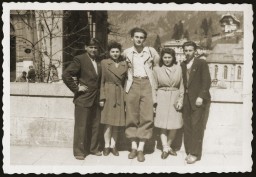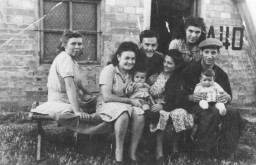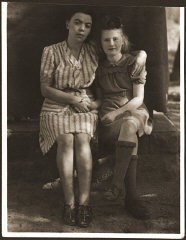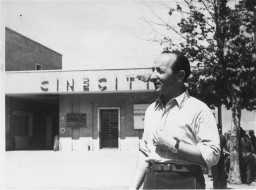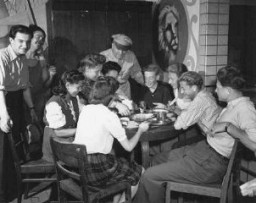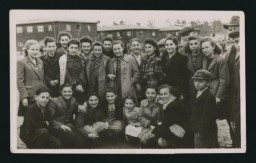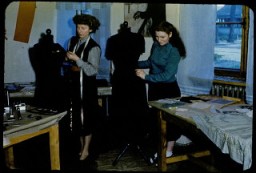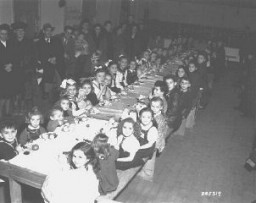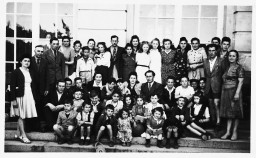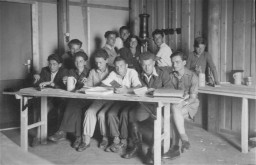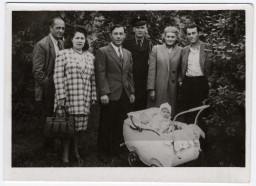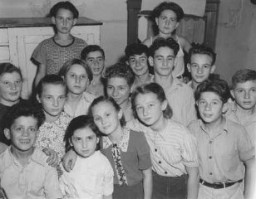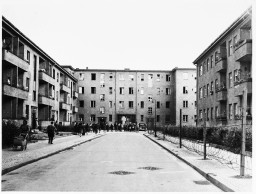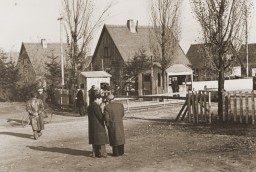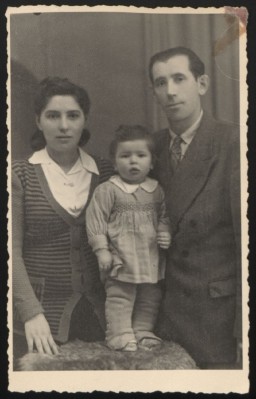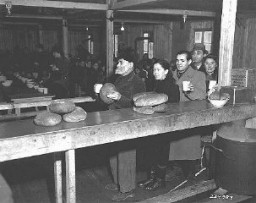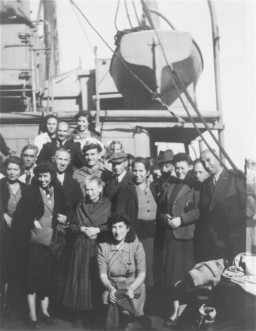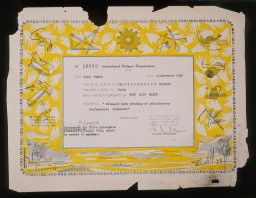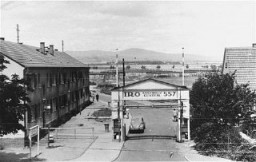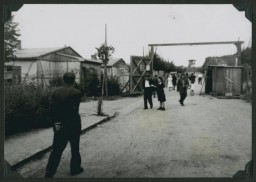Milan and Adriatica Displaced Persons Camps
For the Jews who survived the Holocaust, the end of World War II brought new challenges. Many could not or would not return to their former homelands, and options for legal immigration were limited. In spite of these difficulties, these Jewish survivors sought to rebuild their shattered lives by creating flourishing communities in displaced persons camps in Germany, Austria, and Italy. In an unparalleled six-year period between 1945 and 1951, European Jewish life was reborn in camps such as Milan and Adriatica.
One of the few large displaced persons (DP) camps in a major Italian city, Milan served as the administrative center for refugees in northern Italy and as a home for a transient population of roughly 1,100 Jewish DPs. Milan was an important station along the Bricha illegal emigration routes, yet officials of the Italian government and the IRO (International Refugee Organization) were unable to stem the tide of DPs infiltrating the camp from nearby Austria. In turn, the authorities attempted to transfer the residents of Milan and Adriatica, a DP camp in northern Italy that housed 1,650 people, to southern Italy.
During their years of operation, Milan and Adriatica were active athletic and cultural centers. Adriatica hosted both a Yiddish and Israeli style theater and held a radio show every evening. More inclined toward athletics than education, Adriatica assembled soccer, table tennis, and volleyball teams, all of which traveled to Bari to challenge DP squads from the southern region. Milan, meanwhile, opened a yeshiva (religious school) and a secular school, and shared kosher beef with the DP camp at Cremona. Adriatica and Milan were eventually closed, due to the mass emigration of Jews from Italy
Series: Displaced Persons Camps
Critical Thinking Questions
- What challenges did survivors face in the DP camps?
- What challenges did the Allies face in establishing and supervising DP camps?
- What responsibilities do (or should) other nations have regarding refugees from war and genocide?

